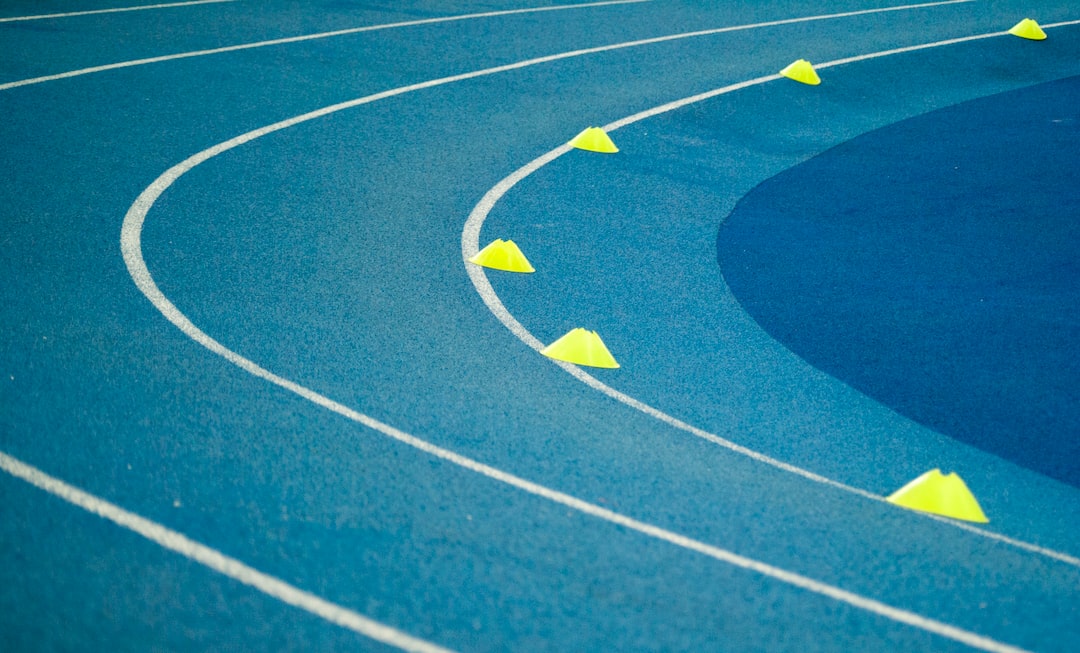The Impact of Technology on Athletic Performance
Technology has become an integral part of our daily lives, revolutionizing various industries. One such field that has witnessed a significant impact is sports and athletics. From wearable devices to advanced training equipment, technology has brought about remarkable changes in the way athletes train and perform. In this blog post, we will explore the various ways in which technology has influenced athletic performance.
One of the key advancements in sports technology is the development of wearable devices. These compact devices, such as fitness trackers and smartwatches, have become popular among athletes and fitness enthusiasts due to their ability to monitor and track performance. These devices provide real-time data about heart rate, number of steps taken, calories burned, and even sleep patterns. Such information helps athletes better understand their bodies and make necessary adjustments to optimize their training programs. For example, if an athlete notices an irregular heart rate during a workout, they can immediately take appropriate action to prevent any potential health risks.
Training equipment has also seen a significant transformation, thanks to advancements in technology. From high-tech treadmills with virtual reality simulations to robotic devices that assist in strength training, athletes now have access to cutting-edge equipment to enhance their performance. These innovations allow athletes to simulate real-life game scenarios, improving their reaction time, decision-making skills, and overall performance. Moreover, technology-enabled training equipment ensures that athletes push their limits while minimizing injuries, as the equipment provides crucial data on correct form and technique.
Beyond wearables and equipment, technology has seamlessly integrated into the realm of nutrition and hydration. Nowadays, athletes have access to apps and smart bottles that not only track their fluid intake but also provide tailored nutrition plans. These tools take into account an athlete’s individual needs, such as their weight, height, and training goals, to generate customized plans that optimize performance and aid in recovery. By maintaining proper nutrition and hydration levels, athletes can perform at their peak and reduce the risk of fatigue and injury.
Another significant impact of technology on athletic performance lies in the analysis of data. With the advent of sophisticated computer algorithms and machine learning, coaches and sports scientists can now analyze vast amounts of data collected from various sources, such as wearables and video recordings. This data analysis provides insights into an athlete’s strengths, weaknesses, and patterns, enabling coaches to design personalized training programs focused on improving specific areas. By leveraging data-driven approaches, coaches can also optimize game strategies by gaining insights into opponents’ tendencies and making informed decisions that give their teams a competitive advantage.
Technology has even revolutionized the way we watch and experience sports. High-definition cameras and slow-motion replays allow viewers to experience the intensity of athletic performances like never before. Virtual reality and augmented reality technologies transport fans into the shoes of their favorite athletes, offering an immersive experience that adds a new dimension to enjoying sports.
In conclusion, technology has had a profound impact on athletic performance, transforming the way athletes train, nutrition plans are customized, equipment is designed, data is analyzed, and how sports are experienced. With each passing innovation, we witness advancements that not only aid in achieving personal bests but also enhance safety and prevent injuries. As technology continues to evolve, we can expect further breakthroughs that will push the boundaries of what we thought possible in the world of sports.

